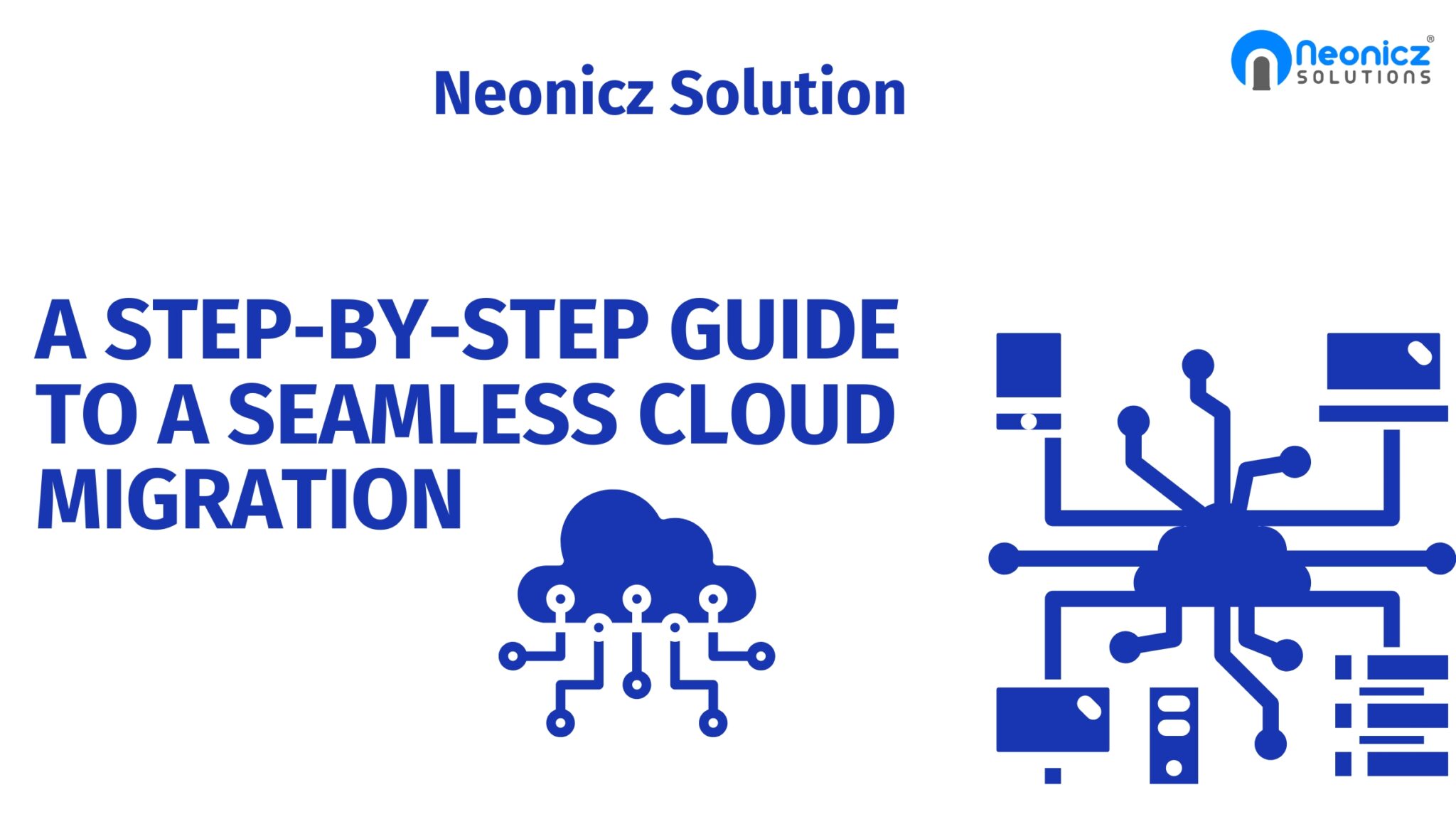
Topic Overview:
This guide will provide readers with a comprehensive understanding of cloud storage solutions. It will include an overview of what cloud storage is and why it’s important, different types of cloud storage solutions available, how to choose the right cloud storage solution, best practices for using cloud storage, and the benefits of using cloud storage for individuals and businesses.
I. Introduction
Definition of cloud storage: Cloud storage is a service where data is remotely maintained, managed, and backed up.
Why cloud storage is important: Cloud storage provides users with access to their data from anywhere, at any time. It also allows for easy collaboration and sharing of files with others.
II. Types of Cloud Storage Solutions
Public Cloud Storage: A public cloud is a type of cloud computing where services and infrastructure are provided off-site over the internet. Public cloud storage is cost-effective and accessible from anywhere, but it may not meet certain security and compliance requirements.
Private Cloud Storage: A private cloud is a type of cloud computing that is dedicated to a single organization. Private cloud storage provides better security and compliance, but it can be more expensive to maintain.
Hybrid Cloud Storage: A hybrid cloud is a combination of public and private cloud solutions. Hybrid cloud storage provides the best of both worlds, offering the flexibility and cost-effectiveness of public cloud storage, as well as the security and compliance of private cloud storage.
III. How to Choose the Right Cloud Storage Solution
Assess your storage needs: Determine the amount of data you need to store and how frequently you will need to access it.
Evaluate cloud storage providers: Look for providers that offer the features and functionality you need, such as scalability, data recovery options, and security.
Consider security and compliance requirements: Ensure that the cloud storage solution you choose meets your organization’s security and compliance
IV. Best Practices for Using Cloud Storage
Encryption: Encrypt your data before uploading it to the cloud, and use strong and unique passwords to protect your account.
Regular backups: Schedule regular backups of your data to ensure that you always have a current copy.
Monitoring access: Monitor access to your cloud storage account and revoke access for users who no longer require it.
Training employees: Train your employees on the proper use of cloud storage and how to follow security protocols to minimize risks.
V. Benefits of Using Cloud Storage for Businesses
Cost savings: Cloud storage eliminates the need for expensive hardware and maintenance costs associated with on-premise storage solutions.
Scalability: Cloud storage allows businesses to easily scale their storage needs up or down as their data requirements change.
Accessibility: Cloud storage provides businesses with access to their data from anywhere, which enables remote work and collaboration.
Disaster recovery: Cloud storage can help businesses recover from disasters such as data loss, server failures, or natural disasters by providing access to backups and replicas of their data.
VI. Cloud Storage Security
Threats to cloud storage security: Cloud storage faces security threats such as hacking, data breaches, and malicious attacks.
Best practices for securing cloud storage: Use strong passwords, encryption, and two-factor authentication to secure your account. Additionally, regularly monitor access logs and implement access controls to limit who has access to your data.
VII. Conclusion
Cloud storage solutions offer many benefits for individuals and businesses alike. By choosing the right cloud storage solution, following best practices for using and securing your data, and regularly evaluating your storage needs, you can ensure that your data is always accessible, secure, and protected.


